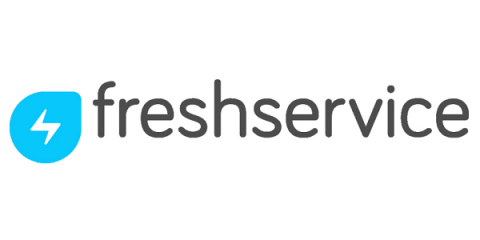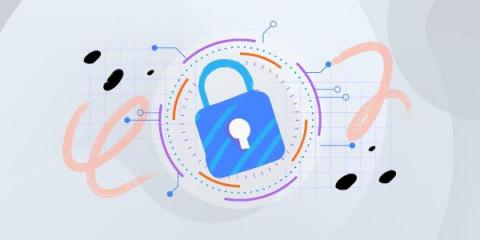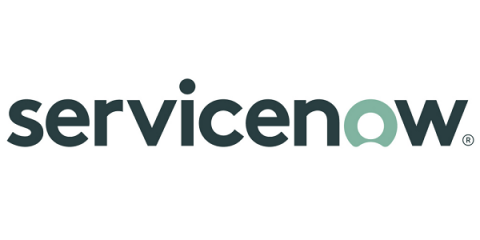The Theme Park Workplace: A Modern Approach to IT Operations
IT teams in modern workplaces are no longer spending the bulk of their time troubleshooting and break/fixing issues. As in any service industry in the consumer world, IT service workers are now expected to deliver a great experience to their consumers – the employees. Managing the workplace has become much more like managing a theme park, where every aspect of its real estate should exhibit interest, joy, and fun; everything that makes up a great experience.











